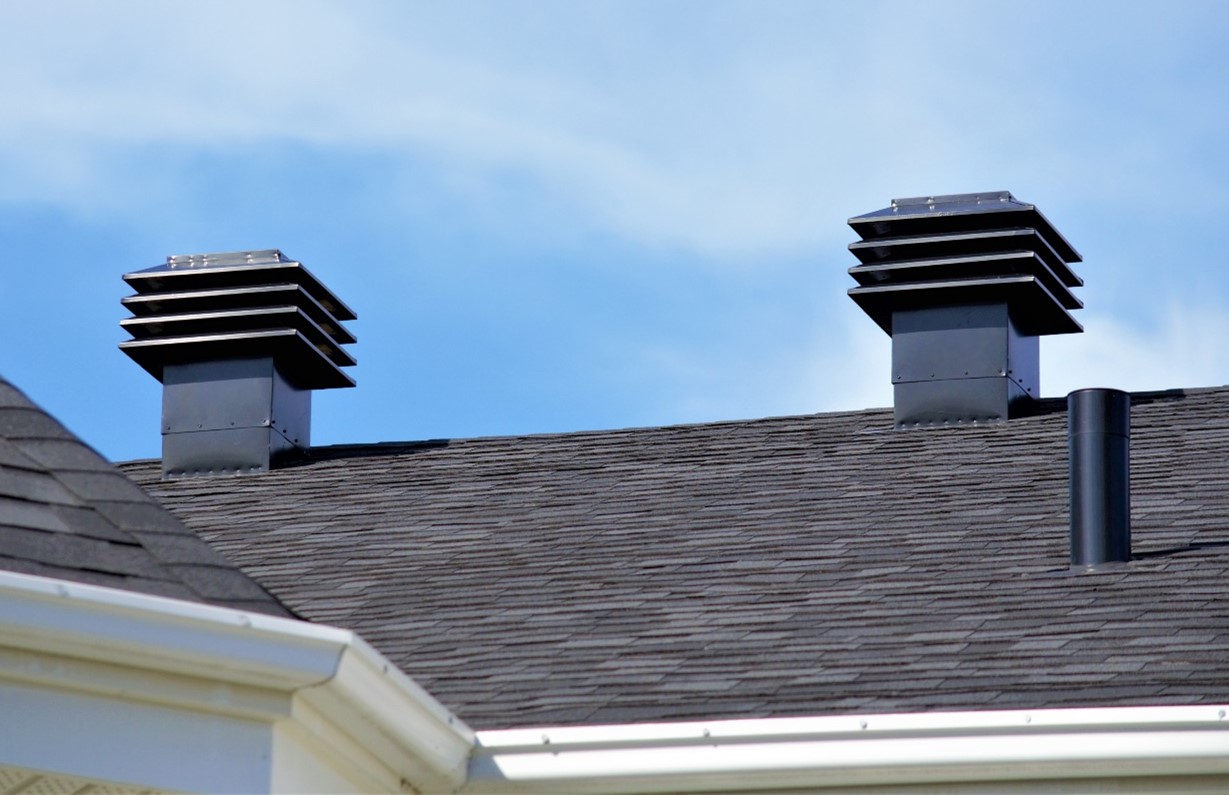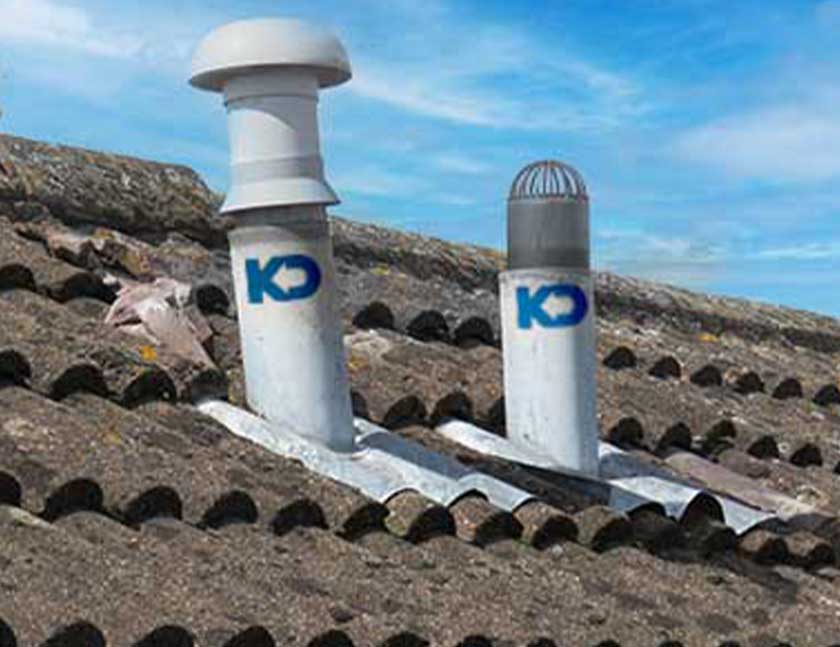The Role of Adequate Ventilation in Maintaining Plumbing Systems
The Role of Adequate Ventilation in Maintaining Plumbing Systems
Blog Article
How do you really feel with regards to Why Plumbing Air Vents Are Important?

Appropriate ventilation in plumbing systems is often overlooked, yet it is crucial for keeping the functionality and security of your home's pipes. Air flow helps control air pressure, avoid the build-up of dangerous gases, and guarantee the efficient removal of waste. In this overview, we will discover the value of correct plumbing air flow, just how it works, and the benefits it gives your plumbing system.
Recognizing Air Flow in Plumbing
Ventilation in plumbing describes the network of pipelines that enable air to move with the drain system. These vents serve numerous functions, including controling atmospheric pressure within the pipes, avoiding sewer gases from going into the home, and helping in the smooth circulation of wastewater.
Just How Air Flow Functions in Plumbing Systems
Atmospheric Pressure Law
Correct ventilation preserves balanced atmospheric pressure within the plumbing system. When water flows through pipelines, it displaces air. Without appropriate air flow, this displacement can produce unfavorable pressure, resulting in slow drains pipes or siphoning of water from traps, which can trigger undesirable smells to leak into the home.
Preventing Sewage System Gas Build-up
Among one of the most essential features of pipes vents is to prevent sewer gases, such as methane and hydrogen sulfide, from gathering within the home. These gases can position major health and wellness risks and are highly combustible. Vent pipelines permit these gases to run away securely outdoors.
Aiding in Waste Elimination
Ventilation assists in the efficient elimination of wastewater by protecting against airlocks in the drainage system. When air can stream freely through the vents, it permits water and waste to move efficiently with the pipes, lowering the risk of clogs and backups.
Sorts Of Pipes Vents
Main Heap Vent
The major pile air vent, also called the vent pile, is the key air vent in a pipes system. It prolongs from the main drain align via the roofing system, enabling gases to get away and fresh air to go into the system.
Branch Vent
Branch vents link to the main pile air vent and serve private fixtures, such as sinks, bathrooms, and showers. These vents make certain that each component has sufficient ventilation to operate effectively.
Air Admission Valve (AAV).
An Air Admission Valve (AAV) is a one-way valve that enables air to go into the plumbing system without the requirement for a standard vent pipeline prolonging with the roofing system. AAVs are commonly used in restorations or locations where installing a basic vent is impractical.
Indications of Poor Ventilation in Pipes.
Slow Draining Fixtures.
If your sinks, tubs, or toilets are draining gradually, maybe an indicator of bad air flow. Insufficient air flow can develop a vacuum cleaner effect, making it difficult for water to drain pipes effectively.
Gurgling Appears.
Gurgling noises coming from drains are frequently a result of air being drawn via water catches due to negative stress in the pipelines. This is a clear sign of insufficient ventilation.
Unpleasant Smells.
Sewage system smells inside your home are a warning that your plumbing system is not appropriately ventilated. This can indicate that sewage system gases are not being properly vented outside, leading to potentially hazardous problems.
Typical Air Flow Blunders.
Poor Vent Sizing.
Utilizing undersized air vent pipelines can lead to poor air flow and stress discrepancies in the system. It's vital to make use of vents that fulfill the details requirements of your plumbing system.
Improper Vent Placement.
Placing vents as well much from the fixtures they serve can minimize their effectiveness. Proper positioning ensures that air can move openly and successfully with the system.
Disregarding Code Needs.
Building ordinance offer specific guidelines for pipes ventilation. Neglecting these codes can result in a system that stops working to work properly and might cause pricey repair work or carcinogen.
Benefits of Correct Ventilation.
Boosted System Effectiveness.
Correctly aerated plumbing systems operate a lot more efficiently, with fewer clogs, faster draining pipes, and much less pressure on the pipes. This efficiency extends the life-span of the plumbing system.
Improved Air High Quality.
By avoiding drain gases from entering your home, correct air flow adds to better interior air high quality, making your living environment healthier and more comfortable.
Protecting Against Water Damages.
Sufficient air flow assists stop water from being siphoned out of catches, which can result in sewer gases going into the home and creating water damage gradually.
Actions to Ensure Proper Air Flow.
Consulting Pipes Codes.
Always seek advice from neighborhood pipes codes when making or changing your pipes system. These codes give the needed guidelines for proper airing vent and guarantee your system fulfills safety requirements.
Normal Inspection and Maintenance.
Routine evaluations can assist recognize potential ventilation issues before they come to be major issues. Upkeep tasks, such as cleaning up air vent pipes and looking for clogs, are necessary for keeping the system in good working order.
Specialist Installment.
For brand-new installations or major modifications, it's wise to work with an expert plumber. They have the know-how to make sure the ventilation system is appropriately created and set up according to code.
Verdict.
Appropriate air flow is an essential part of any type of pipes system, making sure that it works successfully and safely. By comprehending the value of air flow, identifying the signs of inadequate ventilation, and taking steps to preserve your system, you can stop pricey issues and safeguard your home's air high quality.
What is a Plumbing Vent and it's used for?All plumbing systems in residential and commercials construction have a plumbing vent. It doesn’t just vent unwanted odors from the drainage system to the outside; it actually serves an important purpose by supplying air to the system.
The plumbing drainage system is actually called a drainage, waste and vent (DWV) system. When water flows down the piping, an air supply (vent) is needed to allow the water to flow. Think of the vertical pipe as a drinking straw. If you plug the top end of a straw, liquid won’t drain from it.
The DWV system in your building consists of a series of pipes connected to each fixture; they extend above each fixture, and the system terminates at an open pipe that extends through the roof. This piping allows air into the system and prevents unbalanced pressures in the piping.
?The vent also prevents the system from drawing water out of a trap at the fixture with the characteristic “glug-glug-glug” as the drain gasps for air. Plumbing traps should drain smoothly and never “glug” or gasp for air.
If you have a drain that empties slowly or gurgles as it drains, this may indicate a venting problem. If you flush a toilet and the sink gurgles, there’s definitely a vent problem. It is good idea to have a Plumber check this.
https://www.ameliashomeinspection.com/blog/what-is-a-plumbing-vent-and-its-used-for

I found that blog entry on Essential Plumbing Vent Pipes: Understanding Their Role while doing a search on the search engines. Liked our review? Please share it. Help other people locate it. Thank you for going through it.
Click Here Report this page